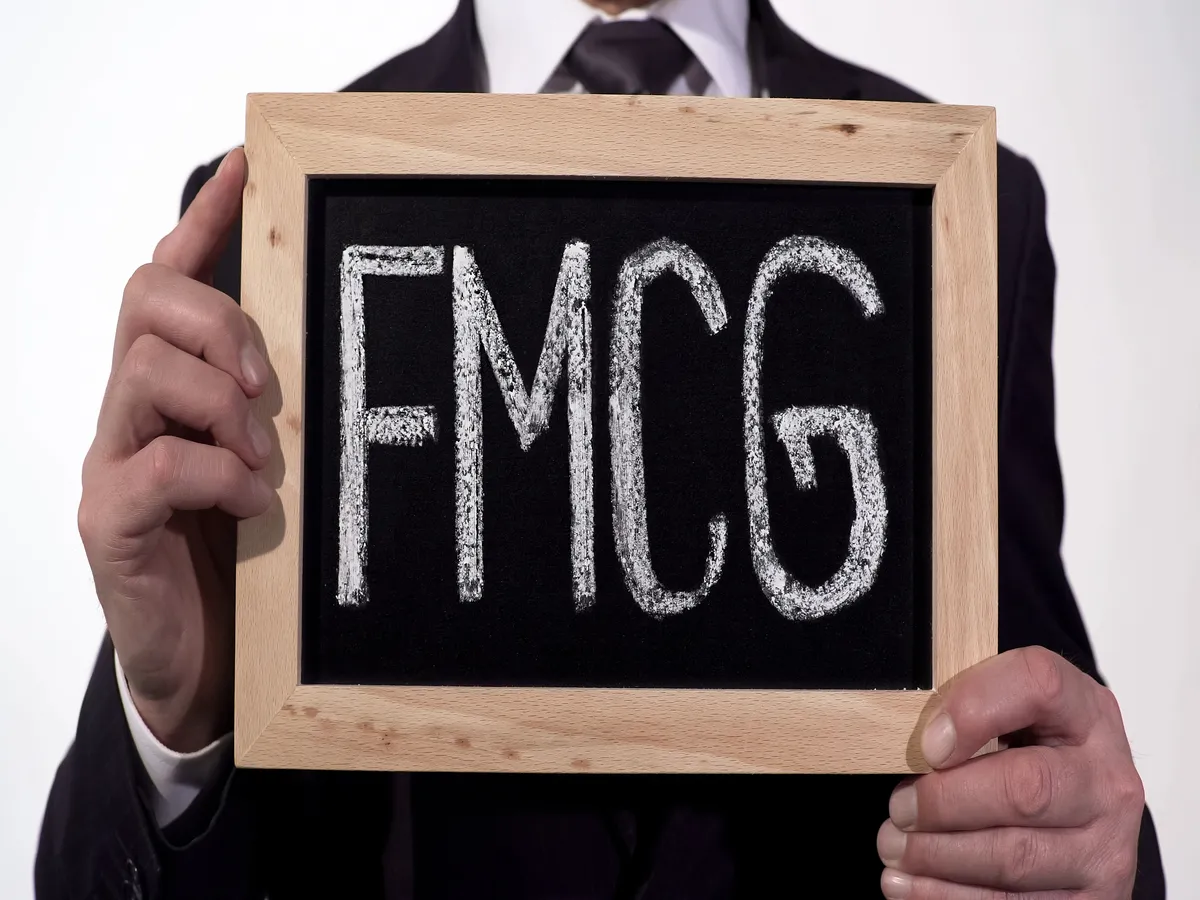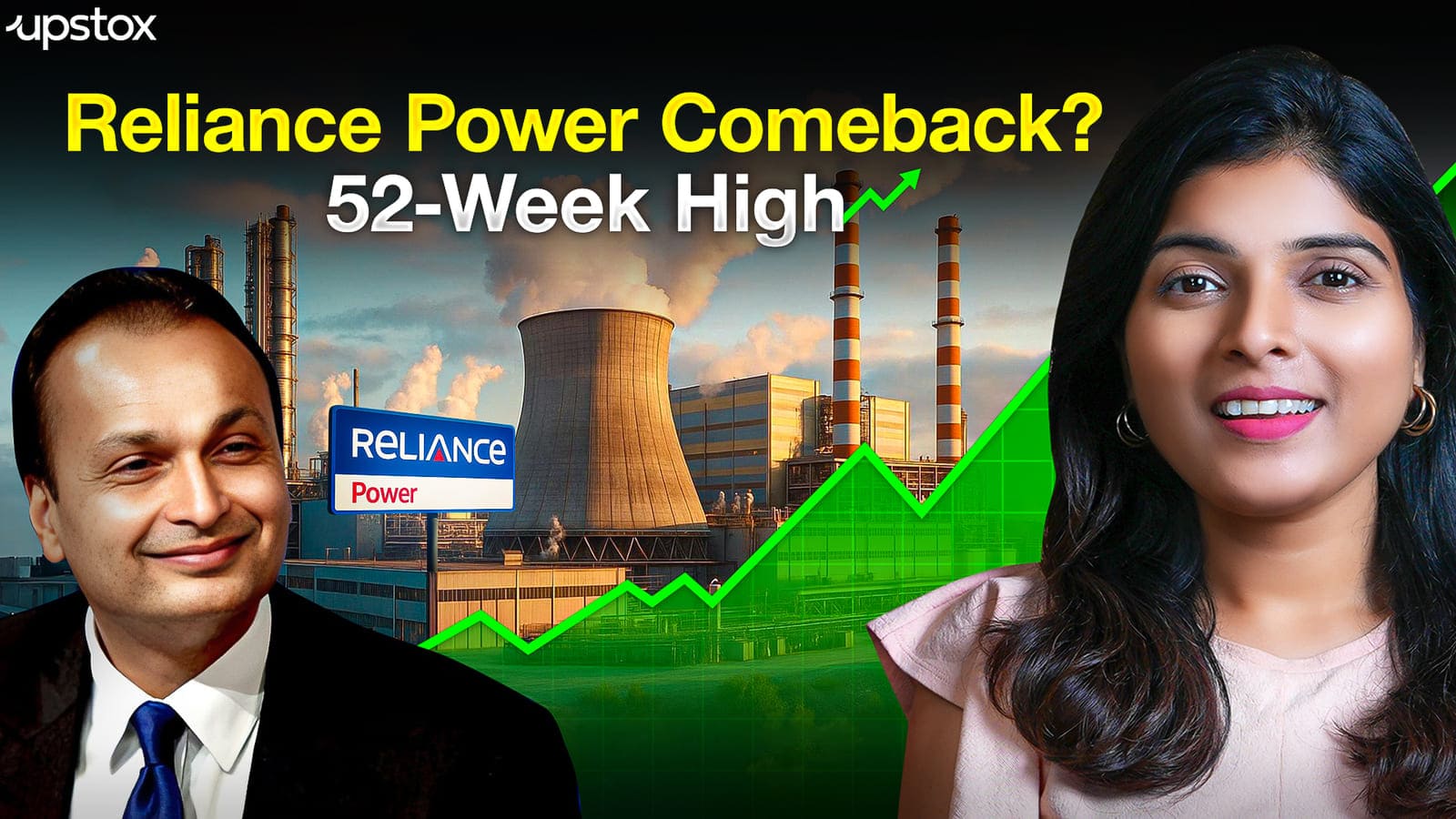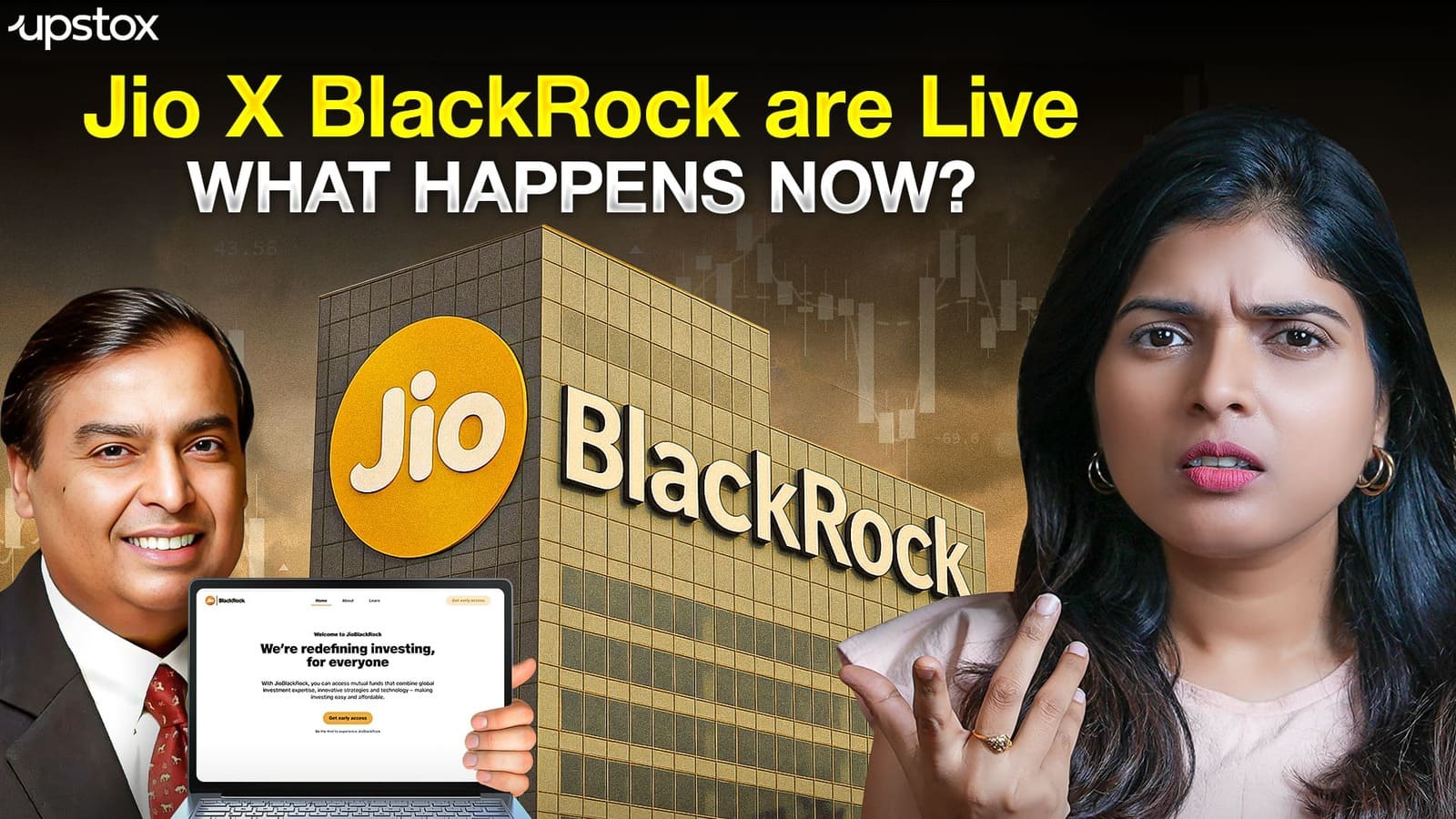Market News
From rural demand pick up to high urban competition; Here’s the outlook for the Indian FMCG sector in 2025
.png)
3 min read | Updated on December 30, 2024, 18:03 IST
SUMMARY
With 2025 set to begin, the FMCG sector has opportunities to grow along with tailwinds such as the recovery of rural demand, evolving consumer preference, and rising consumption. However, inflation would be a hurdle for the sector in upcoming years as well. Hindustan Unilever and Dabur are well positioned in the sector as they get a major market and growth from rural areas. Here’s the outlook for the FMCG sector in 2025.

What’s cooking for HUL, Dabur, Tata Consumer and others in 2025; Here’s the outlook for the Indian FMCG sector in 2025 and the earning outlook for the upcoming quarter
Amid margin squeeze and a slowdown in demand, the traditionally considered defensive sector FMCG underperformed the broader market, with the NIFTY FMCG index delivering a negative return of (-)1.5%. The commodity price inflation resulting in higher input costs pressurised the margins for FMCG players. Further, to maintain margins, the majority of players attempted price hikes however, this led to reduced consumer demand for the sector. As rural areas witnessed a slowdown in demand during 2024, the sector remained worst affected. Let’s, at the dawn of 2025 understand the outlook for the sector in the coming year.
Tailwinds in 2025
Fundamentally, the Indian economy looks solid for the FMCG sector as disposable income levels are rising, the young population is growing, and rural consumption is rising. The rural economy would be a key driver of the demand for the FMCG sector after a good monsoon season. A good crop and increased government spending on large-scale infrastructure projects and rural schemes in the December quarter would support consumption growth.
Additionally, FMCG companies are focusing on premiumisation to drive growth in the urban economy, which will help to improve value growth in 2025 as consumers look for better quality products. Consumers are ready to incur extra for better quality products in urban areas with quick commerce showing high growth.
For the FMCG sector, the year 2025 has a cautiously optimistic outlook, driven by an improving economic outlook and a focus on market development. The Union Budget scheduled to be laid in February 2025, would consider proactive measures to stimulate consumption in the economy, benefiting the sector.
Headwinds in 2025
Inflation is likely to be the main hurdle for the revival of urban demand. As seen in 2024, the higher commodity price affects discretionary spending. Therefore, the FMCG player's shift towards premium products is unlikely to support the sector. Unless inflation goes out of the room, the FMCG sector will continue to face a slowdown in demand.
In December 2024’s MPC, the RBI revised India's Consumer Price Inflation (CPI) forecast for FY25 to 4.8% from 4.5% earlier. This upward revision indicates that inflationary pressure will continue next year as well.
Stock Outlook
The domestic demand remained sluggish for the majority of 2024. The Q3FY25’s earnings are not likely to surprise positively. However, rural demand is expected to pick up in the quarter.
Recovery in rural demand is likely to benefit FMCG players such as Hindustan Unilever and Dabur which are well positioned in the sector as they get a major market and growth from rural areas.
Also, the rural market is unaffected by competition of quick commerce operations, which otherwise would dampen the margins for FMCG players.
Conclusion
The FMCG sector enters 2025 with cautious optimism, considering growth opportunities along with concerns of rising inflation. Rising rural demand, premiumisation, and economic tailwinds would drive growth. However, FMCG companies must focus on enhancing operational efficiency, including focus on innovation and managing costs effectively. Strategic acquisitions and marketing efforts will be important in the long term amidst competition and evolving consumer preferences. Inflationary pressures, rising interest rates, increasing credit costs, and uncertain global economic and political conditions would impact consumption.
About The Author

